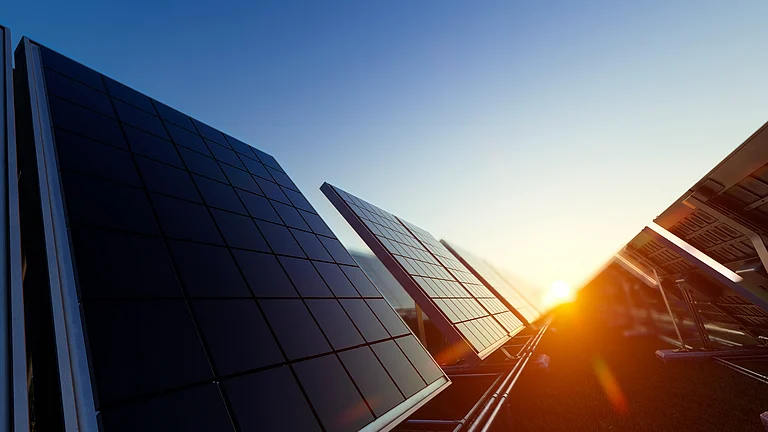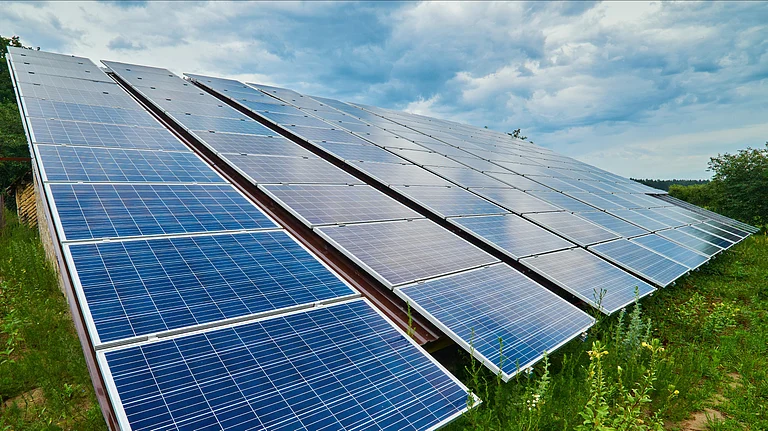In 2022, 36.8 billion metric tonnes of CO2 emissions from the energy sector set a new record—a reason for increased impetus to move towards cleaner sources of energy. The energy sector alone accounts for about 35 percent of global greenhouse gas emissions today. In this regard, shifting towards renewable sources of energy is cardinal in the pursuit of attaining net zero status by no later than 2050. Major energy sources include solar, wind, and hydroelectric power. These not only mitigate carbon footprints in the struggle against climate change but become central in the establishment of a resilient and sustainable global economic framework.
Why Is Net Zero by 2050 So Important?
To keep global temperatures from rising more than 1.5°C, as agreed in the Paris Agreement, we need to reach net-zero emissions by 2050. This will be requiring big changes in the energy system—that is, how we are producing and using energy—because energy is one of the big sectors that emit greenhouse gases. This sets up one critical area on which we need to focus our effort.
This energy transition rests on the bedrock of renewable energy. The cost of technologies for renewable energy has massively fallen in the last ten years: solar, by 85 percent, and wind, by 56 percent between 2010 and 2020. This makes renewables cheaper and more practical than fossil fuel sources, which are needed to mitigate emissions in the electricity, transportation, and industrial sectors.
Growth of Renewable Energy
Renewables grew phenomenally during the past decade. For the first time ever, the share of renewables in the world's electricity passed 30 percent last year, driven by booming wind and solar power. At the end of 2022, global renewable energy capacities added up to 3,372 gigawatts. This is something that really needs to be accelerated further if we are going to meet our net-zero target by 2050. The 2050 IEA net-zero future pathway sets out that we must triple our renewable capacity by 2030.
Net Zero Efforts in India
Being one of the fastest-growing and largest economies in the world, India represents the critical part of reaching net-zero emissions. India is set on its target date to be 2070 for realising this objective; also, it has planned to have 500 gigawatts of non-fossil energy by 2030. In only the 2023-24 fiscal, an unprecedented capacity addition of 18.48 GW has been witnessed by India. It is 21 percent higher than 15.27 GW a year ago. The total installed renewable energy capacity of India stood at 143.64 gigawatts in March this year.
This has made India number four in the world, according to the International Renewable Energy Agency, for total renewable energy installed capacity, fourth for wind power and fifth for solar power. However, analysts suggest that in order to achieve their 2030 target, India will have to annually increase at a pace of at least 50 gigawatts in renewable energy capacity for the next six years.
How Renewable Energy Helps the Different Sectors
The importance of renewable energy is very vital for quite a number of reasons; in the first place, electricity generation will mainly include solar and wind. According to the International Renewable Energy Agency, by 2050, renewables might provide 90 percent of the world's electricity.
In transportation, switching to electric vehicles (EVs) powered by renewables is key to cutting emissions. The number of EVs is expected to grow significantly by 2030. Producing green hydrogen is also important for reducing emissions in industries that use a lot of energy.
Challenges and Opportunities
But with that potential comes challenges. Huge and pressing needs for infrastructure investments and energy storage come with enormous inflows of renewables into our grids. It will require about $2 trillion per annum on average from the year 2024 to the year 2030 for the world to be able to meet a key commitment made at the 28th meeting of the Conference of the Parties—COP28—to the United Nations Framework Convention on climate change.
Additionally, the energy transition has to be fair—in social and economic aspects—to all stakeholders.
The path towards net-zero emissions by 2050 thus needs to put heavy emphasis on renewable energy. The process needs to speed up the deployment of renewable energy and investment in new technologies; it will also need empowering laws and regulations from government and businesses which are in alignment with people. As we work eventually towards renewable sources, we can help build a more sustainable and equitable future for all.
(Vneet Jaain is Managing Director, Adani Green Energy Ltd.)

























